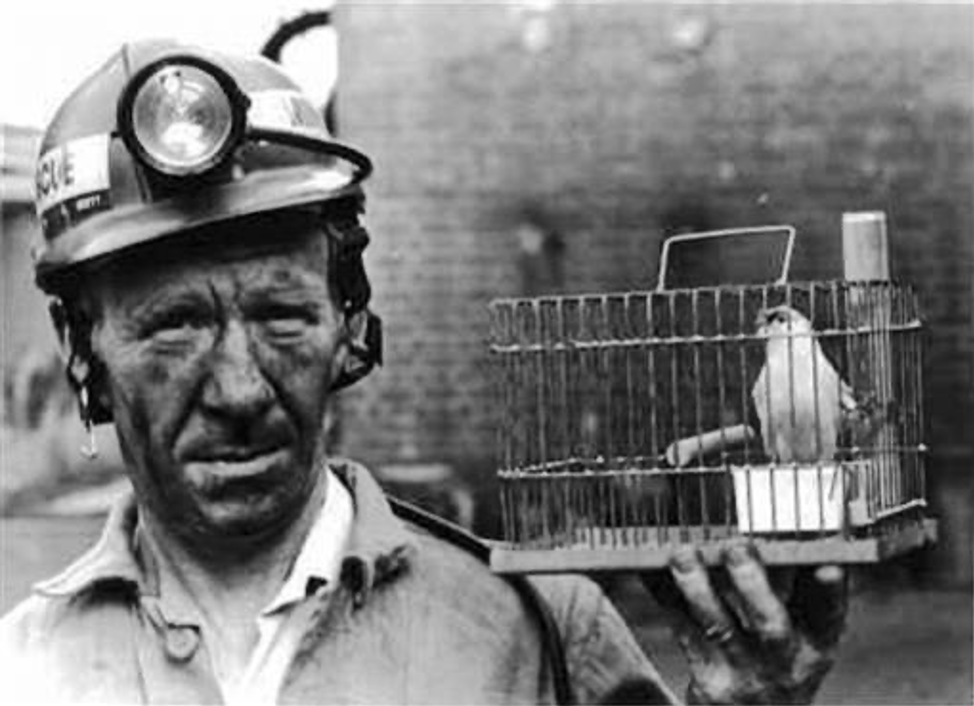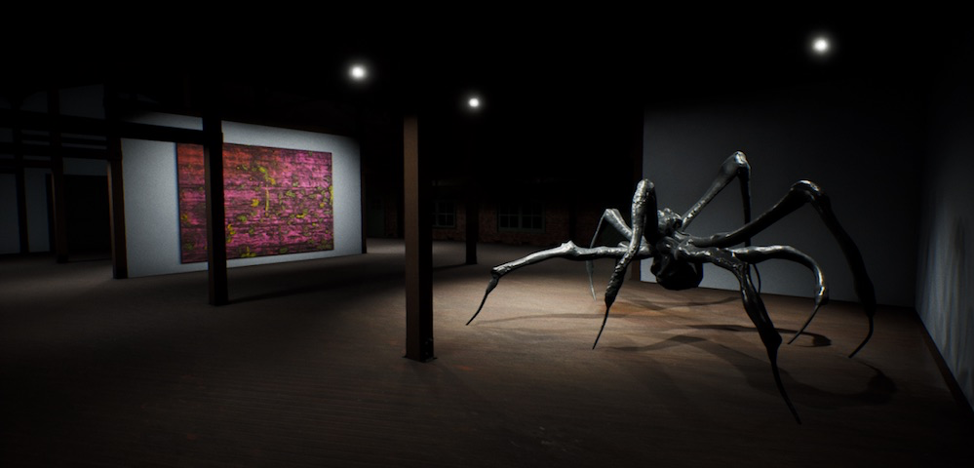Economists may not have caught on yet, but the art market has often made a pretty good canary in the coal mine. There seems to be something in the air that the art market senses a few months before everyone else. In 1989, for instance, the gallery I worked for was having its best year ever. The first half of 1990 continued the trend, and then suddenly it seemed like someone had turned off a tap. Things were absolutely dead. The recession that would drive George H.W. Bush from office officially arrived a few months later. On the other hand, in 1983 we had been getting our brains kicked in. Inflation was sucking all the disposable money out of the market, and oil prices had collapsed. Then one day a collector walked into the gallery, bought a $140,000 painting, and wrote me a check then and there. A couple of months later, the Department of Commerce announced that the recession had ended two months earlier on Wednesday afternoon at 2:00 PM. My collector had walked in at 2:01.

I’m exaggerating, of course, but I have often marveled at the close if slightly anticipatory tracking between the art market and the general economy. People with the disposable income to spend six-figures on a painting are not worried about getting laid off on the assembly line, and yet some unseen spirit begins to whisper that now is not a good time to spend money on art.
The art market, like the rest of the economy, is currently grappling with the effects of the Covid-19 pandemic. Art galleries have been closed to walk-in clients, art fairs have been cancelled, and auctions have been postponed. The situation, however, as economist Paul Krugman has pointed out, is not a typical recession; it’s more like a coma that has been medically induced to gain time for the patient’s body to heal itself.
So if this is not a typical recession, where the art market takes a big hit and then gradually recovers along with the general economy, what will happen when the spread of the virus has been brought under control and social distancing requirements have eased? Will the art market immediately bounce back? I have had several collectors ask me this question, and my answer has invariably been, “We won’t really know until the next big auctions are held. They’re currently postponed until June and July.”
But art galleries aren’t waiting around for their front doors to be unlocked. Portals such as Instagram and Facebook have long been used by dealers to advertise works of art, but the landscape is about to change, big time, at least for mega-galleries that have the money to invest in major web design. The practice of simply putting images of individual works on one’s website is going the way of the buggy whip. Borrowing from technology used to create video games, galleries such as Hauser & Wirth are displaying virtual viewing room such as this one. (The works displayed are by Jack Whitten and Louise Bourgeois.) As in a hyper-realistic video game, visitors will be able to “walk” around the gallery and view the artworks from multiple angles and distances.

Another strategy is an online version of the old dealer sales tactic, “Make up your mind, I’ve got 27 collectors standing in line to buy this painting if you don’t want it.” Artnet News has reported, “Gagosian is launching Artist Spotlight, a series of one-week presentations of the brightest stars on its storied roster, that will combine a feast of content – written profiles, filmed video material, playlists and movie recommendations from the artists – with a sales portal that will let collectors buy one work per week, available for a period of 48 hours.”
When Covid-19 has been brought under control, will society resume its old ways? Some people are predicting the demise of handshaking, for example, or that much of the telecommuting that is now being practiced will become permanent. Certainly the disease has played a role in pushing large numbers of people into the 21st century. Senior citizens who could never have imagined buying groceries online, for example, are becoming used to doing so, and the chances are good that many of them will continue to do so even after store aisles become safe again.
The health crisis will also accelerate trends in the art world that have been going on for some time now. Many small, undercapitalized galleries will finally close their public spaces for good. The major art fairs such as Art Basel and Frieze will reopen in their habitual venues; the smaller fairs will probably not survive. But the big art fairs have developed online manifestations as well during this crisis, and those virtual fairs aren’t going away.
Whatever the future holds, the impulse to make art will continue, and artists who aren’t represented by one of the mega-galleries are still going to get their works exhibited somehow. “May you live in interesting times,” a supposedly ancient curse says. I look forward to navigating the new reality, virtual and otherwise, with you.

